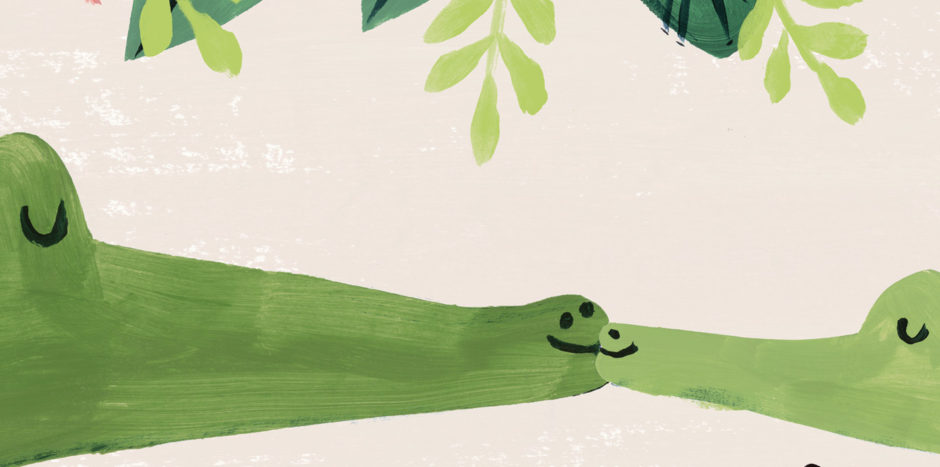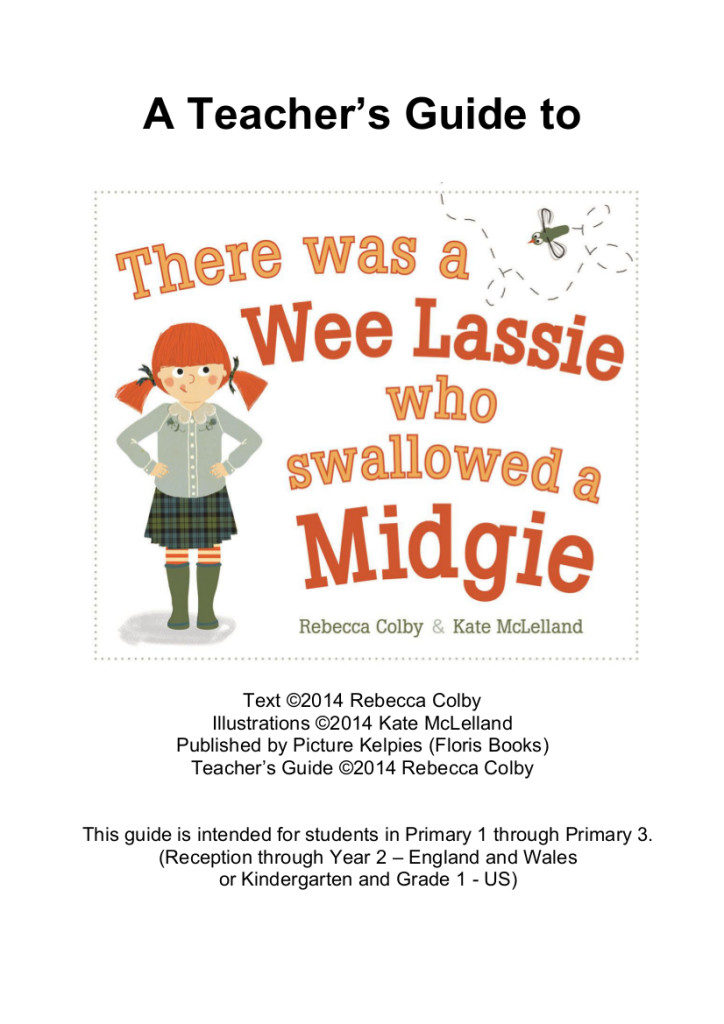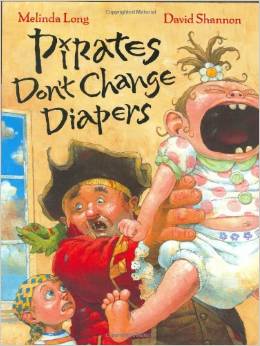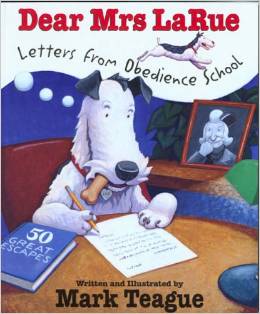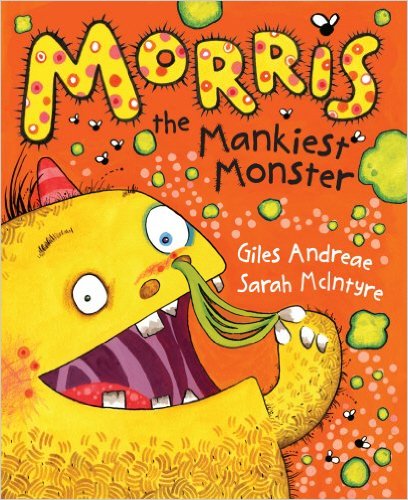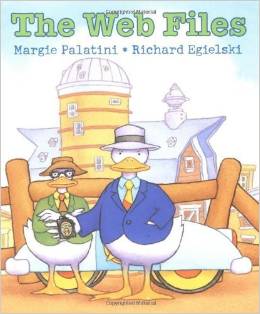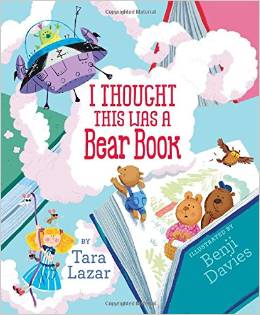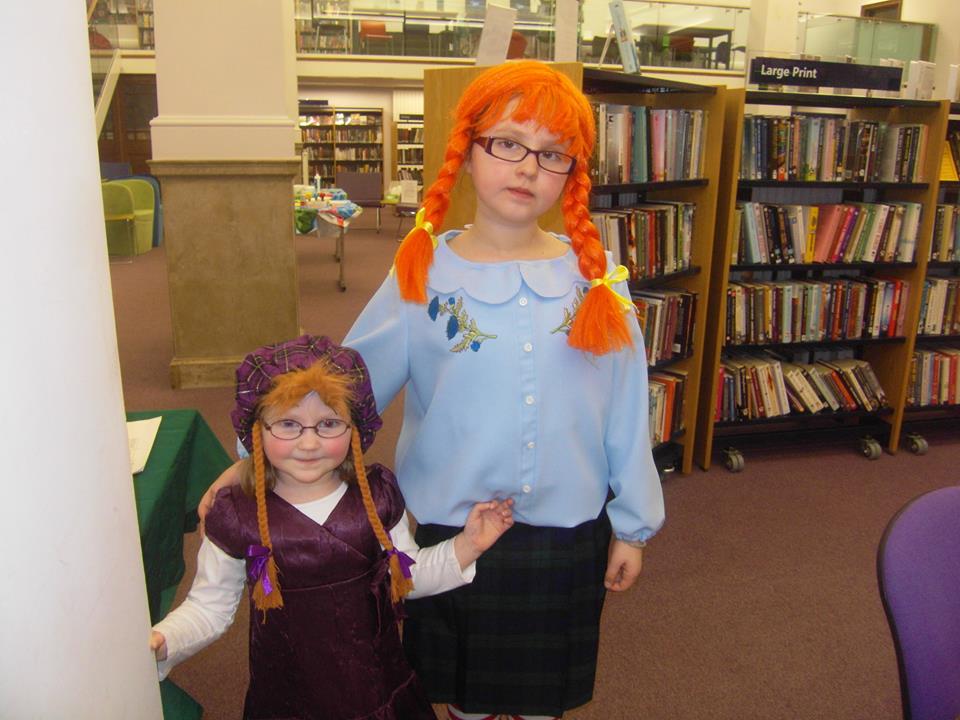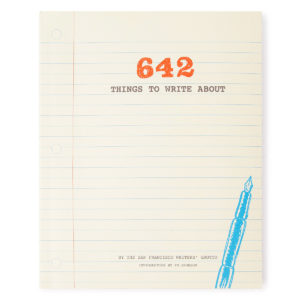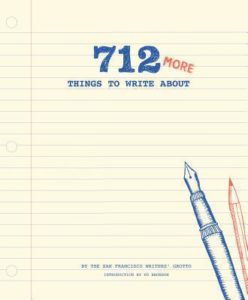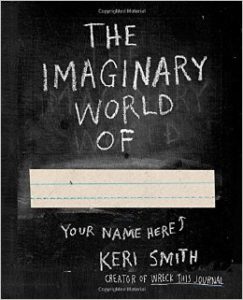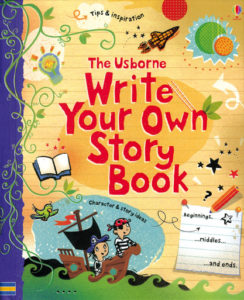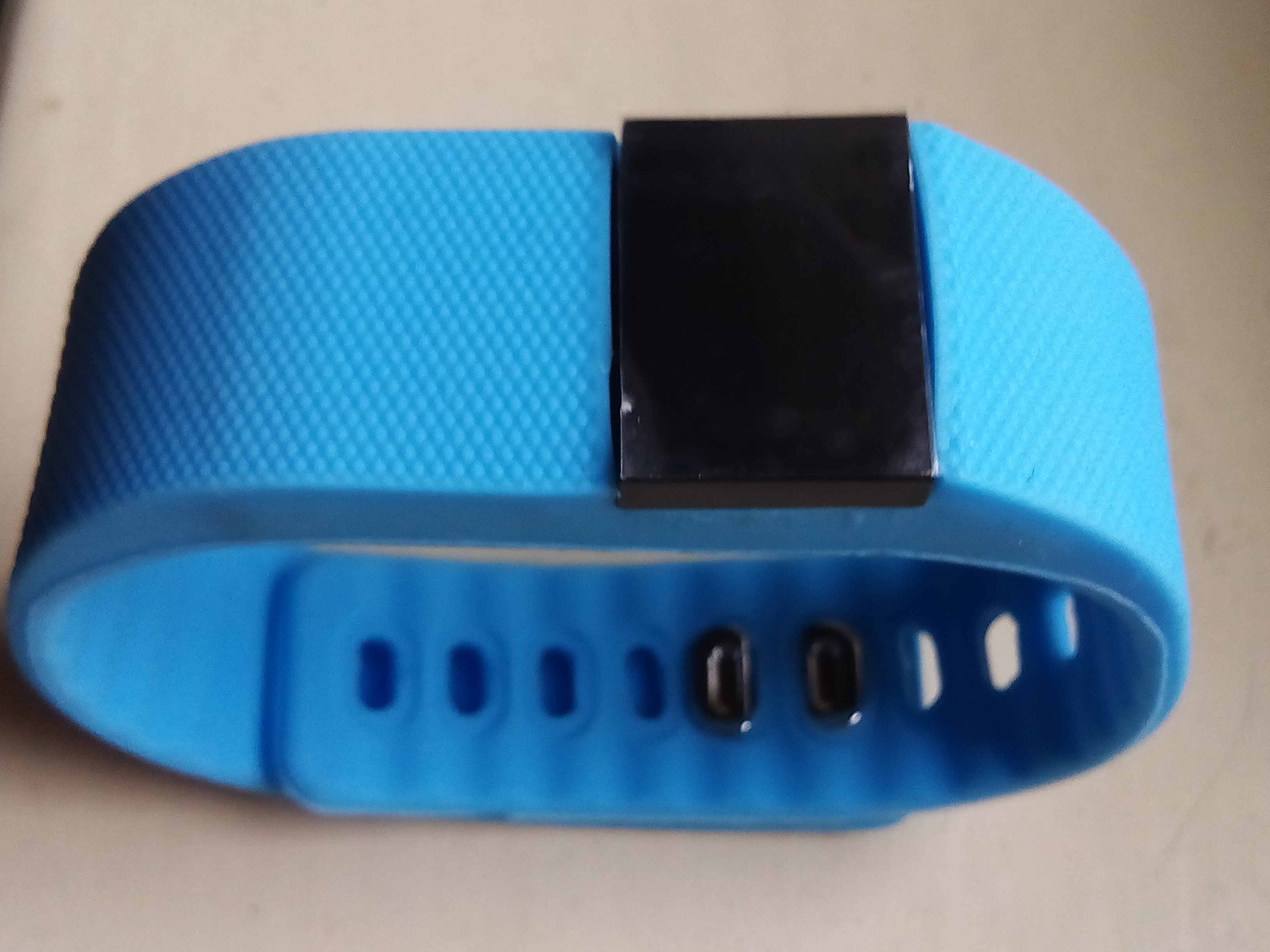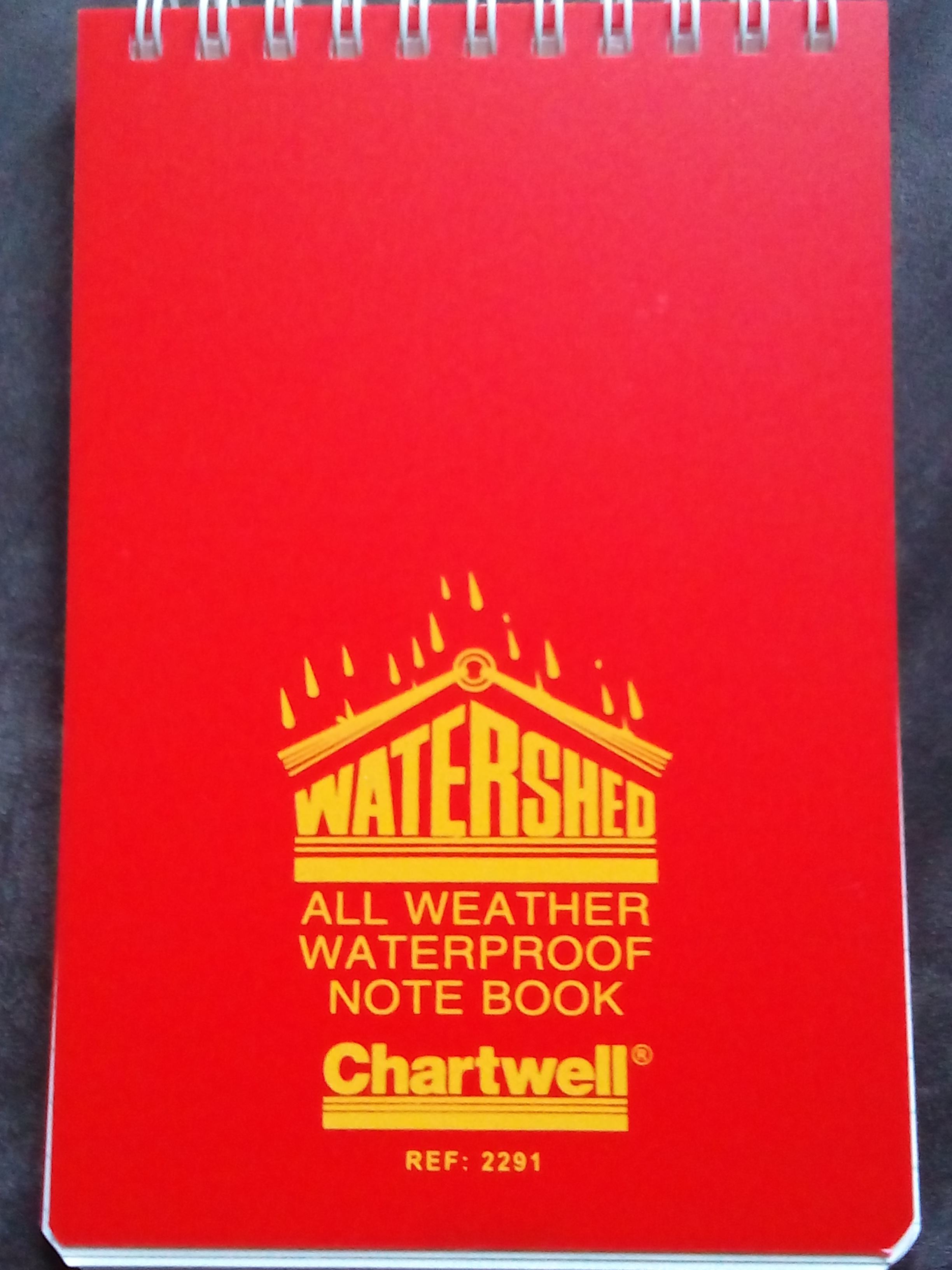When I began teaching, I was gobsmacked to learn how much the profession had changed from when I attended school. Gone were the handy, school-supplied textbooks that provided teachers with lesson plans and worksheets. Instead, I found myself spending all of my free time creating my own lesson plans and worksheets, or researching teacher websites for appropriate resources. My full-time teaching job quickly became two full-time jobs.
After publishing my first book, I was determined to make my book as accessible and as desirable as possible to teachers. Teachers are the busiest people I know! If I wanted teachers to use my book in the classroom, I knew I needed to both create the resources AND bring them to the teachers.
Pinpoint your book’s USP
One of the first things you need to do is pinpoint what your book’s unique selling point (USP) is in respect of teachers using it in the classroom. How does it fit in with what is taught?
My first book was about a wee lassie who swallows all manner of Scottish birds and animals. The USP was obvious: I placed my primary focus for the activity guide on Scottish wildlife and their habitats. However, with my second book, which is about a witch parade, the USP wasn’t as clear. I focused on several aspects of the book—after all, witches aren’t a typical classroom topic. So while the main English activity asked children to create their own rhyming spells, math found them comparing and ordering the size of frogs, science had them playing a game of bat and moth to learn about echolocation, and art saw them creating musical rainsticks.
Research relevant curriculums
Find out what is being taught at what grade level. The best way to do that is to research both The Common Core Standards and state curriculums. While researching your own state’s curriculum is a good place to start, keep in mind that unless your book releases with a regional publisher, then you also need to look at other states’ curriculums—particularly curriculums for the larger (and often bellweather) states. Two good examples are California and Texas.
Make teachers happy
Just producing an activity guide is sure to make a teacher happy, but if you want to go that extra mile, think about two things: 1) How can I make the activities cross-curricular? and 2) How can I extend children’s learning?
While my guide is cross-curricular and covers most subjects taught in school, some of the individual activities are also cross-curricular. For example, the art activity involves making a witch puppet, which can later be used in English to act out and retell the book. In this way, one activity allows for learning in two areas of the curriculum.
Teachers are also always looking for ways to extend children’s learning. In one of my science activities, children are asked to measure rainfall over the course of a week. This can be done simply by marking water levels on the side of the rain collection container with colored felt-tip pens and comparing levels. But if a teacher wishes to extend children’s learning and introduce standard units of measure (or the teacher wants a differentiated activity for more able students), he or she could ask the children to measure the rainfall in inches or centimeters with a ruler.
Where to share
Now that you have your guide, what do you do with it? I always make mine available as a download from my website. But teachers are incredibly busy, remember? Bring the guide to them. Post it on websites like Teachers Pay Teachers and Share My Lesson. Forward it to your publisher. They often hold a database full of educational contacts. Bring hard copies of the guide to library, festival, and bookstore events. And if you have some spare time, you could email teachers and let them know about your guide. After all, you’re probably going to email a few teachers anyway to see if they’d like to set up author visits with you. Mention the guide and where to find the download in the email.
If you have your own tips for producing teachers’ resource guides to your books, I’d love to hear about them. Feel free to leave me a comment below.
Thank you to Bobbi Miller, who inspired this post, and to Teaching Authors, for originally hosting it on their blog on August 24, 2015.
